Huang Yao Ancient Town
Huang Yao Ancient Town in the Guangxi Province of China is a captivating gem with a rooted history and cultural significance that spans centuries dating back, to the Ming Dynasty (1368–1644). This historical site has been meticulously. Continues to attract visitors eager to explore Chinas vibrant past and heritage firsthand. Join us in this blog segment as we unravel the narrative of Huang Yao Ancient Town and unveil the mysteries concealed within its ancient confines. The town was established by Huang Yao in the Ming Dynasty. A Chinese artist and writer recognized for his detailed woodblock prints and writings on Chinese traditions and culture. He named the town after himself which later became a center for artists and intellectuals at that period. It also served as a trading hub due to its strategic position, along the Li River that facilitated trade with various regions of China. In the period of the Qing Dynasty (1644–1912) Huang Yao Ancient Town prospered as a hub for crafting Chinese medicine products amidst its scenic backdrop of verdant mountains and rich soil ideal, for cultivating medicinal herbs. During the 1900s period in history of the town experienced a downturn as a result of political and economic challenges in China at that time; however; it saw a resurgence in the 1980s when the Chinese government acknowledged its historical and cultural importance. After that turning point, Huang Yao Ancient Town became a spot for tourists worldwide drawn to its deeply rooted history and authentic Chinese traditions. Huang Yao Ancient Town stands out for its preserved ancient buildings that showcase the essence of traditional Chinese architecture. Think narrow winding streets lined with whitewashed walls and black tiled rooftops dating back, to the Ming and Qing dynasties. The arrangement of the town is quite special too. Its streets flow along the shape of the land itself. This design was often seen in Chinese towns as it was thought to bring positive vibes and peace to the people living there. The town is also encircled by a moat that used to protect it from threats, in earlier times. The Qing Dynasty ancestral hall stands out as a standout landmark in Huang Yao Ancient Town as it pays tribute to the towns forefathers in a way adorned with detailed carvings and vibrant artwork that highlight the craftsmanship of that era beautifully showcased in its design. The town is also home to temples, like the Taoist Temple of the Five Immortals which draws both tourists and locals with its charm and allure alike. While strolling through the lanes of Huang Yao Ancient Towns quaint streets you'll stumble upon Chinese courtyard residences that used to belong to prosperous traders and government officials alike. These residences feature a courtyard surrounded by lavish gardens and intricate embellishments. Huang Yao Ancient Town offers more than a glimpse of ancient buildings and historical knowledge; it serves as a vibrant showcase of traditional Chinese culture and practices as well—a living testament to the dedication of its residents, in safeguarding their legacy for generations to come. In the town they use festivals and events to achieve this goal. A prominent example being the Huang Yao Ancient Town International Folk Song Festival that showcases the towns cultural legacy, with music and dance shows. The town is famous for its crafts like woodblock printing and embroidery as well as paper cutting which visitors can observe being crafted and even have a go, at making their own unique souvenirs. The traditional rice noodles, in Huang Yao Ancient Town are a representation of its culture and heritage that has been preserved for generations. Exploring the Huang Yao Ancient Town offers more than just a glimpse into the past – it allows visitors to immerse themselves in the vibrant culture and customs of China. Locals in the town hold their traditions dear and are eager to showcase them to guests; this makes it a top choice, for those to delve into the realms of history and cultural richness.
Wanderer
8/29/2024
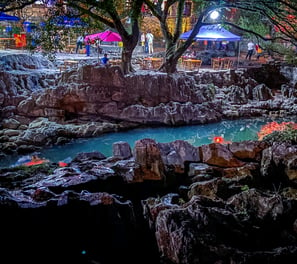

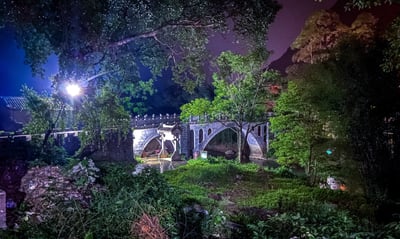


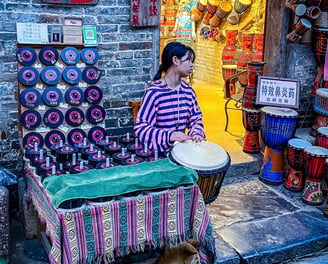

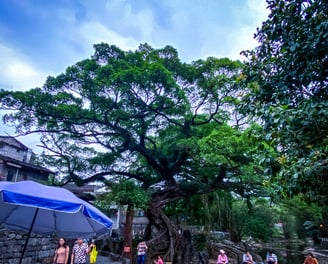
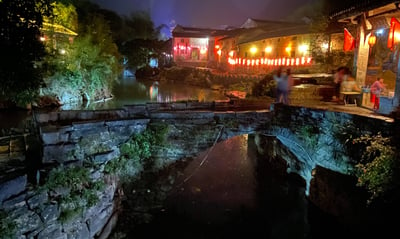

Gallery
Click on photo to enlarge..
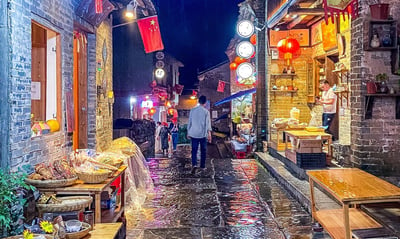

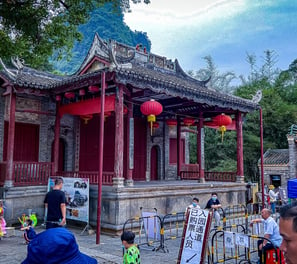

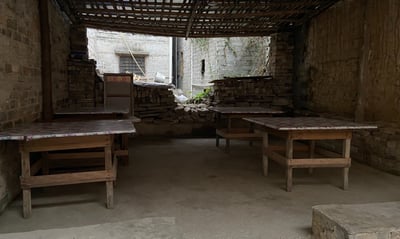

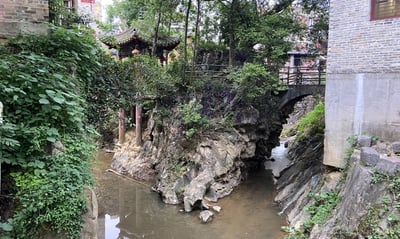

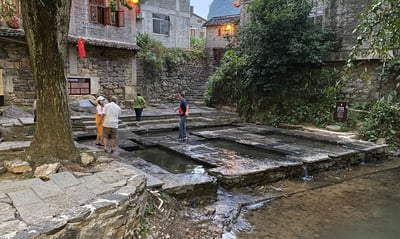

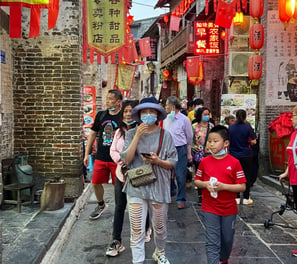

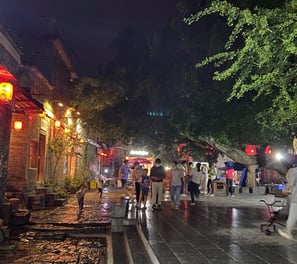

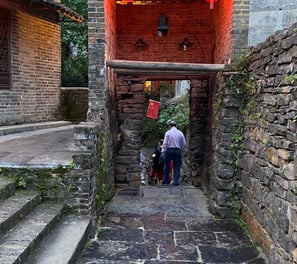

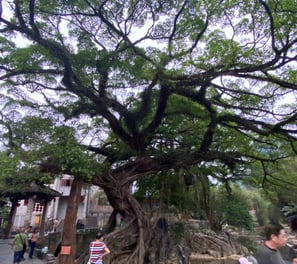

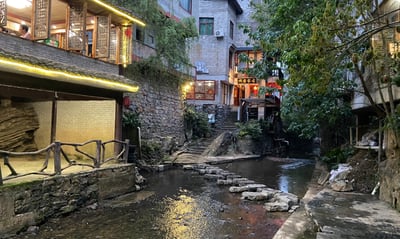

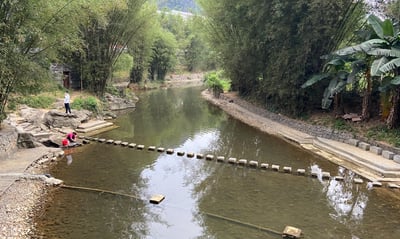

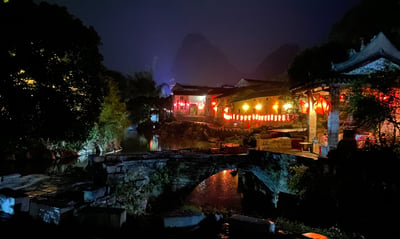

© 2025 All rights reserved Wanderer In Asia
